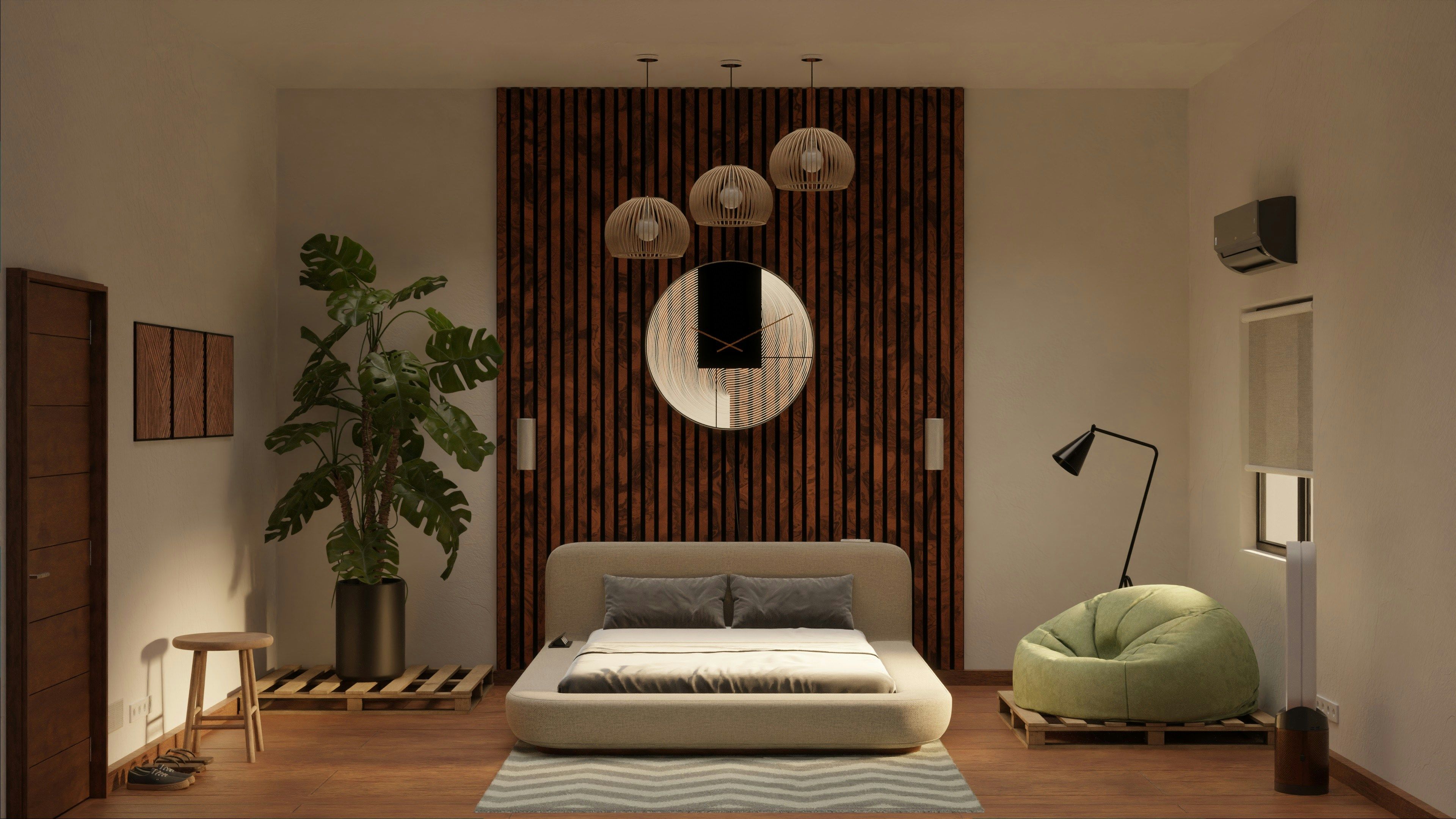
Japandi style has swiftly become a sought-after interior design trend, combining the minimalist functionality of Scandinavian design with the elegant simplicity of Japanese aesthetics. This harmonious blend creates serene, functional, and sophisticated spaces. In this comprehensive guide, we'll explore what Japandi style is, its core principles, and how you can effortlessly incorporate it into your home.
What is Japandi Style?
Japandi style merges two influential design philosophies—Japanese minimalism and Scandinavian functionality. The term 'Japandi' itself is a combination of "Japanese" and "Scandi." It emphasizes simplicity, functionality, and natural elements, making spaces feel calm, clean, and intentional.
Key Characteristics of Japandi Design
- Minimalism: Less is more. Japandi interiors focus on quality over quantity, avoiding clutter.
- Natural Materials: Wood, bamboo, linen, stone, and natural fibers are fundamental.
- Neutral and Warm Colors: Earthy tones, muted colors, and soft contrasts create a calm atmosphere.
- Functionality: Every piece in a Japandi space serves a clear purpose.
- Craftsmanship: A strong appreciation for artisanal and handmade elements.
Origins and Cultural Influences
Japandi style originated from the shared design principles of Japanese and Scandinavian cultures. Japanese design values mindfulness and minimalism, often inspired by Zen philosophy, emphasizing balance and harmony. Scandinavian design promotes functionality and comfort through simple yet beautiful aesthetics. Together, they form a design style that resonates deeply with modern-day preferences for minimalistic and sustainable living.
How to Incorporate Japandi Style into Your Home
Furniture Choices
Choose pieces with clean lines and minimal decoration. Opt for high-quality, sustainably sourced materials like natural wood, bamboo, or rattan.
Color Palette
Adopt neutral tones such as beige, grey, white, and muted greens or blues. These shades foster tranquility and balance in your interior spaces.
Textures and Fabrics
Incorporate natural textures through woven rugs, linen curtains, cotton cushions, and wool throws. Textures add warmth and depth to minimalist designs.
Decor and Accessories
Keep decor minimal and intentional. Use items like ceramic vases, handcrafted bowls, simple wall art, and plants to bring nature indoors subtly and stylishly.
Lighting
Lighting should be soft and ambient. Use lamps and fixtures that feature organic shapes and natural materials, enhancing the serene and cozy atmosphere.
Benefits of Japandi Interior Design
- Enhanced Well-being: Calm and uncluttered environments promote relaxation and mindfulness.
- Sustainable Living: Promotes sustainable practices by emphasizing quality, longevity, and eco-friendly materials.
- Timeless Aesthetic: Japandi's clean lines and neutral tones are timeless, ensuring your home remains stylish and inviting for years to come.
SEO Key Points
- Primary Keyword: Japandi Style
- Secondary Keywords: Japandi interior design, minimalist interiors, Scandinavian design, Japanese minimalism.
- Keyword Placement: Featured in the title, headings, introductory paragraph, and naturally throughout the text.
References
- Architectural Digest - Japandi Design
- Elle Decor - Guide to Japandi Style
- Portland SEO Growth - Japandi Keywords
By thoughtfully integrating Japandi design into your home, you'll create spaces that are not only aesthetically pleasing but also profoundly soothing and practical.